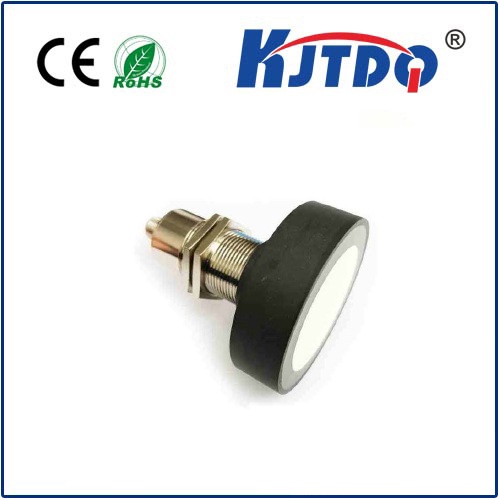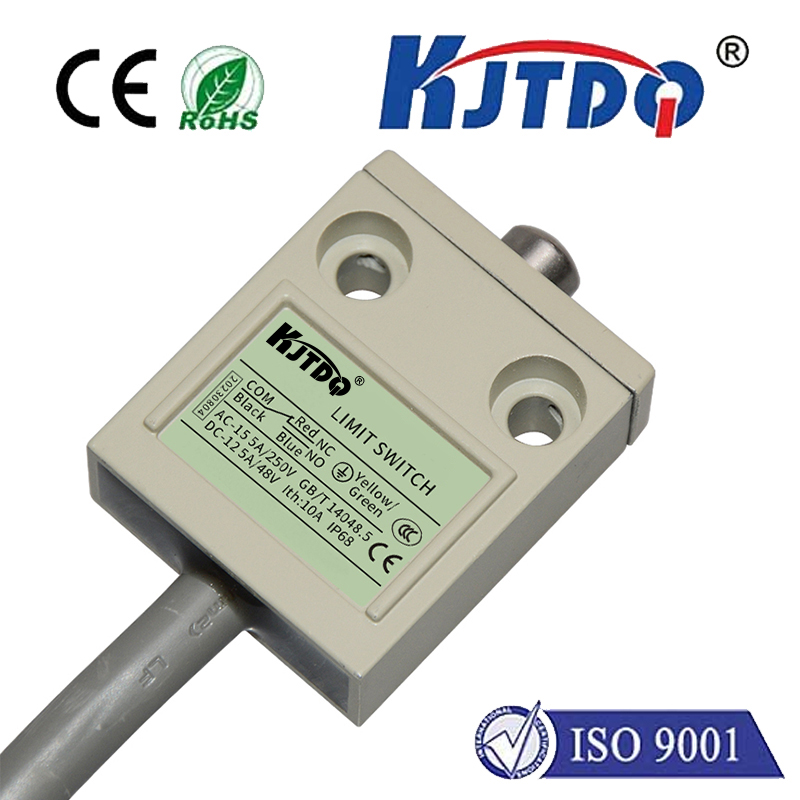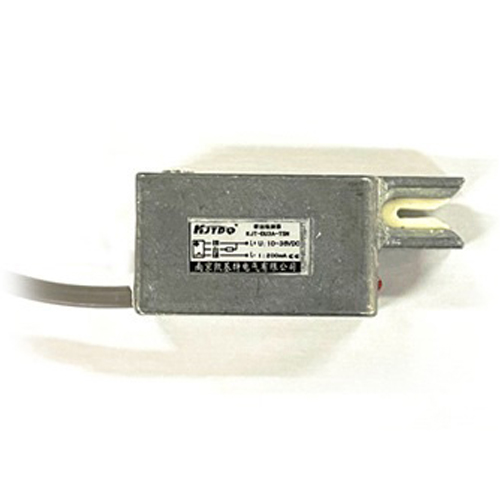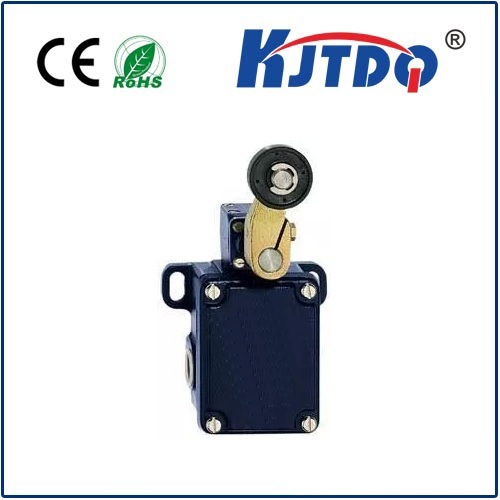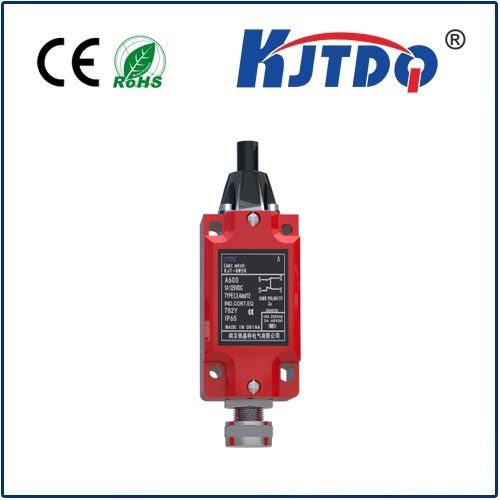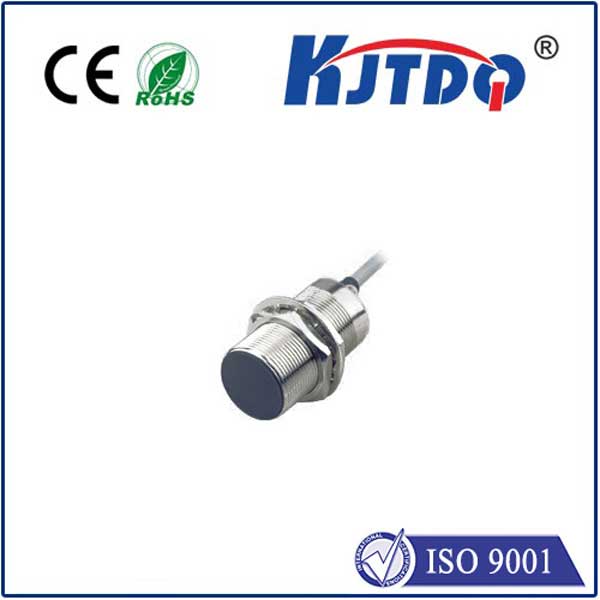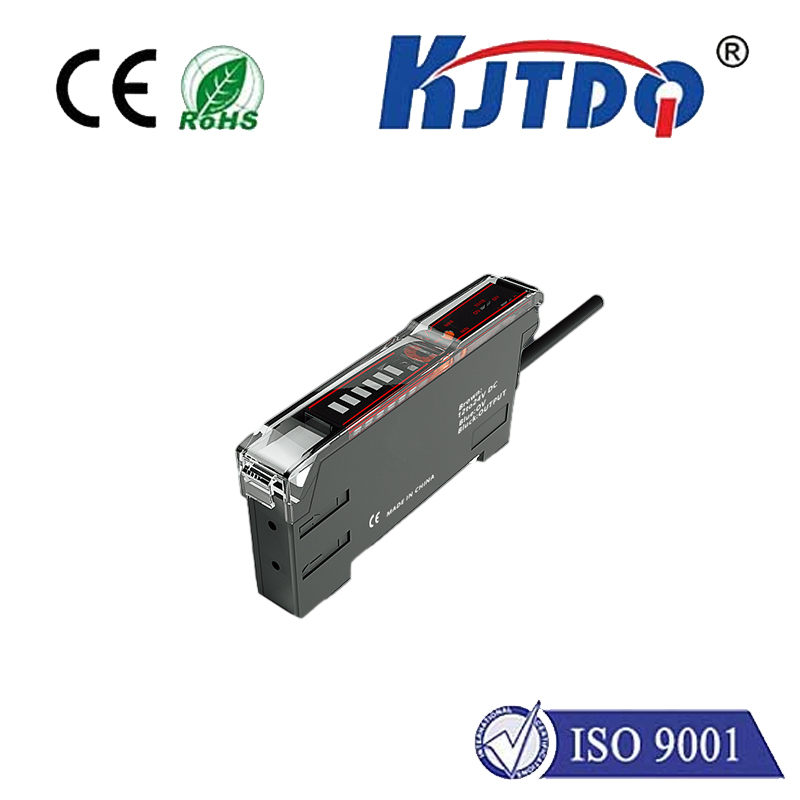

check

check

check

check

check

check

check

check

check

check
Title: Dolphin M18 Photo Sensor: Revolutionizing Underwater Imaging
Introduction
The Dolphin M18 photo sensor is a cutting-edge technology that has revolutionized the field of underwater imaging. This innovative sensor allows photographers and researchers to capture high-quality images and videos in challenging underwater environments, where traditional cameras struggle to perform optimally. In this article, we will explore the features, benefits, and applications of the Dolphin M18 photo sensor.
Features of the Dolphin M18 Photo Sensor

One of the standout features of the Dolphin M18 photo sensor is its ability to maintain excellent image quality even in low-light conditions. This is achieved through advanced optical design and high-performance image processing algorithms. Additionally, the sensor boasts a wide dynamic range, enabling it to capture both bright and dark areas of an image without losing detail or introducing noise. The sensor also has a fast frame rate, ensuring that rapid movements can be captured with clarity and precision.
Benefits of Using the Dolphin M18 Photo Sensor
The Dolphin M18 photo sensor offers numerous benefits for professionals involved in underwater photography or research. By providing superior image quality in low light conditions, it enables photographers to capture stunning images at depths where conventional cameras would fail. Furthermore, the sensor's fast frame rate makes it ideal for capturing fast-moving subjects, such as marine animals in their natural habitat. Additionally, the wide dynamic range ensures that images are well-balanced, with no blown-out highlights or lost shadows.
Applications of the Dolphin M18 Photo Sensor
The Dolphin M18 photo sensor has a broad range of applications across various industries. For example, marine biologists can use it to study underwater ecosystems, documenting changes over time and identifying species that may be affected by environmental factors. Similarly, conservationists can use the sensor to monitor endangered marine life, helping to develop effective protection measures. In addition, filmmakers and photographers can leverage this technology to create breathtaking underwater visuals for movies, documentaries, and advertising campaigns.
Conclusion
The Dolphin M18 photo sensor represents a significant advancement in underwater imaging technology. Its exceptional performance in low light conditions, combined with its fast frame rate and wide dynamic range, make it an essential tool for professionals working in this challenging environment. Whether you're a marine biologist, conservationist, filmmaker, or underwater photographer, the Dolphin M18 photo sensor is undoubtedly worth considering for your next project.
